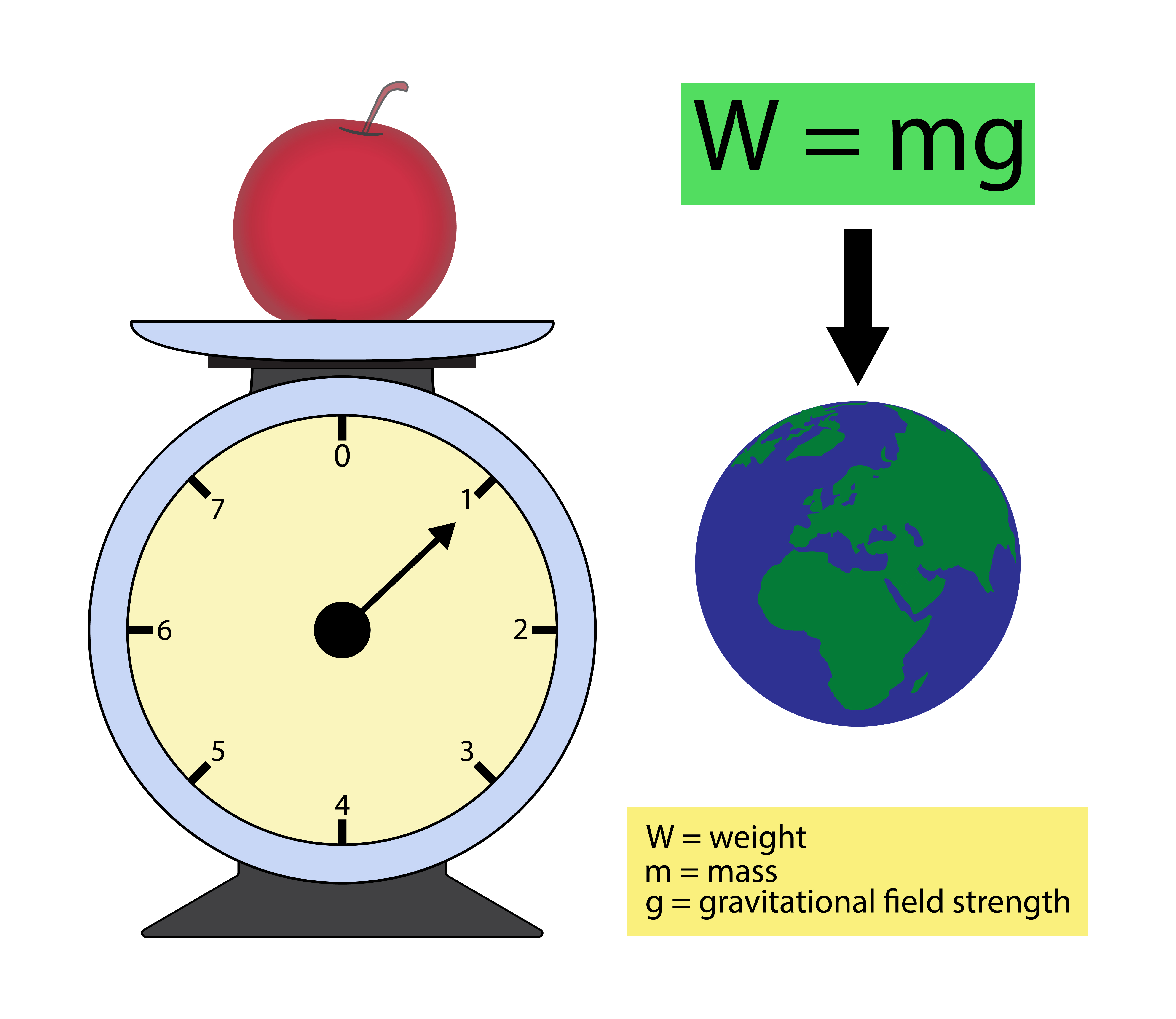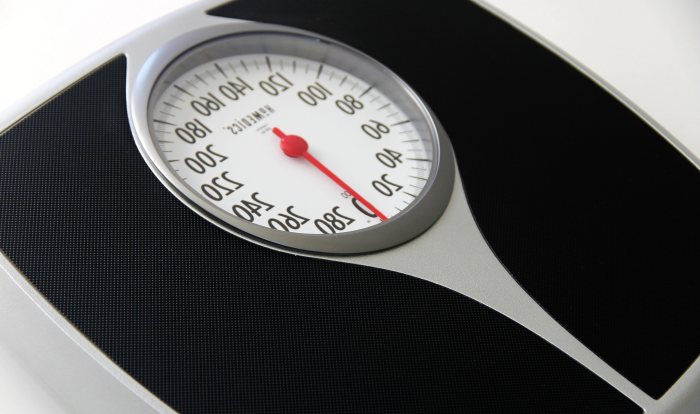When you step into a gym, or perhaps you are setting up your own space at home, one of the first things you might notice is the array of equipment. Among the various machines and free weights, the barbell stands out as a core tool for building strength and muscle. It is a fundamental piece of gear, yet a simple question often pops up for many people: what is the actual weight of a barbell in kg? Understanding this basic measurement is, quite frankly, very important for anyone looking to lift effectively and safely.
You know, sometimes we encounter situations where weight changes are a big deal, even in fictional worlds. "My text" talks about how characters in a game might not even notice their body mass shifting, or how clothes might fit differently as a result. In the world of real-life fitness, however, being very aware of the weight of your barbell, in kilograms, is absolutely fundamental. This knowledge helps you track your progress, plan your workouts, and most importantly, stay safe as you get stronger.
Without a clear idea of how much the barbell itself contributes to your total lift, you are more or less guessing. This can lead to all sorts of issues, from not seeing the gains you want to, perhaps, even putting yourself at risk of injury. So, let's explore this crucial topic and make sure you are well-equipped with the information you need to lift smart and confidently.
Table of Contents
- Why Knowing Barbell Weight Matters
- Standard Barbell Weights in KG
- How to Identify Barbell Weight
- Choosing the Right Barbell Weight for You
- The Role of Weight Plates
- Common Myths About Barbell Weight
- Caring for Your Barbell
- Frequently Asked Questions
Why Knowing Barbell Weight Matters
Understanding the weight of a barbell, in kilograms, is not just about numbers; it is about building a solid foundation for your fitness efforts. This piece of knowledge truly impacts your safety, your ability to track progress, and how you plan each workout session. It is, like, a core part of lifting smart.
First off, safety is paramount. If you do not know the base weight of the bar, you might accidentally lift more than you are ready for. This can put unnecessary stress on your muscles and joints, potentially leading to injuries. A little bit of awareness here goes a very long way in keeping you healthy.
Secondly, tracking your progress becomes a lot more accurate. How do you know if you are getting stronger if you are unsure of the actual load you are moving? Knowing the exact weight of the barbell, plus any plates, gives you a clear metric to measure your improvements over time. It is a simple, yet powerful way to see your gains.
Finally, planning your workouts gets much easier. Many training programs specify weights based on percentages of your maximum lift. You cannot even begin to follow such a plan without knowing the barbell's starting weight. So, in some respects, it is the first step in any structured strength routine.
Standard Barbell Weights in KG
When you look at barbells, you will notice they are not all the same. There are different types, and each typically has a specific weight. Knowing these standard weights is a good way to start identifying what you are picking up. It really helps to remove any guesswork, you know.
Men's Olympic Barbell
The most common barbell you will see in many gyms, especially for serious lifting, is the men's Olympic barbell. This bar is usually 2.2 meters long, or about 7.2 feet. It is designed to hold Olympic-sized weight plates, which have a 50mm hole in the middle. This type of bar, as a matter of fact, weighs 20 kilograms.
This 20kg weight is standard for competition and general strength training. It has a good amount of stiffness and can handle a lot of mass. So, if you are using one of these, you can pretty much count on that 20kg base.
Women's Olympic Barbell
There is also a women's Olympic barbell, which is slightly different. This bar is a little shorter, typically 2.01 meters long, or about 6.6 feet. It also has a slightly smaller diameter for the grip, which can be more comfortable for some lifters. This particular bar weighs 15 kilograms.
The 15kg weight makes it a bit lighter to start with, which is often helpful for certain exercises or for those who are just beginning their strength journey. It is still a very sturdy bar, built for serious lifting.
Standard Barbells
Beyond the Olympic variety, you will find what are often called "standard" barbells. These are usually thinner, with sleeves that hold plates with a 1-inch (25mm) hole. Their weights can vary quite a bit. They are often found in home gyms or smaller fitness centers. They are, you know, a bit less standardized.
A standard barbell might weigh anywhere from 6 kilograms to 10 kilograms, sometimes even less. It is really important to check these bars specifically, as their weight is not as consistent as Olympic bars. You can't just assume a weight with these, which is a key point.
Technique Bars
For those new to lifting, or when practicing complex movements like Olympic lifts, gyms often have "technique bars." These are much lighter than standard barbells. They are designed to help you learn the movement patterns without having to manage a lot of mass. They are pretty much just for form work.
Technique bars typically weigh between 2.5 kilograms and 5 kilograms. They are usually made of aluminum or a lighter material. They are great for warm-ups too, or for anyone who needs a very light starting point.
Specialty Bars
Then there are specialty bars, which are designed for specific exercises or to target certain muscle groups. These include trap bars (or hex bars), EZ curl bars, safety squat bars, and others. Their weights are, in fact, quite varied.
An EZ curl bar, for instance, might weigh anywhere from 5 to 15 kilograms. Trap bars can range from 20 to 30 kilograms, sometimes more. It is always a good idea to check the markings on these unique bars, as their weight can be less intuitive. They are pretty specific in their design and use.
How to Identify Barbell Weight
So, how do you actually figure out the weight of a barbell when you are standing right in front of it? There are a few ways to tell, and it is usually pretty straightforward. You just need to know what to look for, or who to ask, as a matter of fact.
Markings and Color Coding
Many barbells, especially Olympic ones, will have their weight stamped or etched into the bar itself. Look at the end collars or along the shaft of the bar. It might say "20 KG" or "15 KG" quite clearly. This is the easiest way to know for sure.
Some gyms, particularly those focused on Olympic weightlifting, use color-coded bars. For example, a men's 20kg bar might have a specific color on its end caps, while a women's 15kg bar has another. This system makes it very quick to identify the weight, which is nice.
Asking and Observing
If you are unsure, do not be afraid to ask a gym staff member or an experienced lifter. They can usually tell you the weight of the bars in their facility. It is better to ask than to guess, truly.
Also, observe what other people are using. If you see someone lifting a bar that looks just like yours, and they add plates that add up to a known total, you can often infer the bar's weight. This is, like, a common way to learn the ropes.
Weighing It Yourself
In a home gym setting, if you are really unsure, you could use a bathroom scale or a luggage scale to get an approximate weight. Just place one end of the bar on the scale, and then the other, adding the two numbers together. This is a bit more effort, but it gives you a definite answer, which is helpful.
Choosing the Right Barbell Weight for You
Picking the correct barbell weight is a big part of having a good workout. It is not just about grabbing the heaviest thing you can; it is about finding the right challenge for your current strength and the exercise you are doing. This is, like, a key decision for your progress.
Starting Out as a Beginner
If you are new to lifting, it is usually best to start with a lighter barbell. A technique bar (2.5-5kg) or a women's Olympic bar (15kg) might be a good starting point for many exercises. This allows you to focus on your form without the added stress of too much mass. You want to get the movements down first, you know.
Many people begin by just using the bar itself, especially for exercises like squats or bench press. Once your form feels solid, then you can slowly add small weight plates. It is a gradual process, and that is completely fine.
Considering the Exercise
The type of exercise you are doing also plays a role in the barbell weight you choose. For example, you might be able to deadlift a heavier barbell than you can overhead press. Some movements naturally allow for more mass due to the muscle groups involved. It is, like, pretty logical when you think about it.
For exercises where balance and technique are critical, like snatches or clean and jerks, starting with a lighter barbell is almost always the smart choice. For big compound movements, you might be able to handle a standard 20kg bar right away, perhaps.
Listening to Your Body
Ultimately, your body will tell you what is too much or too little. If you are struggling to maintain good form, or if you feel sharp pain, the weight is likely too heavy. If the exercise feels too easy and you are not feeling challenged, it might be time to add a bit more mass. It is a constant conversation with yourself, in a way.
Progressive overload, which means gradually increasing the weight over time, is how you get stronger. But "gradually" is the key word here. Do not rush it. It is a steady climb, not a sprint, you know.
The Role of Weight Plates
While the barbell itself has a base weight, most of your lifting will involve adding weight plates to it. These plates come in various denominations, usually in kilograms, and they are what allow you to customize your total lift. They are, like, the building blocks of your workout.
Common weight plate sizes in kilograms include 0.5kg, 1.25kg, 2.5kg, 5kg, 10kg, 15kg, 20kg, and 25kg. By combining these plates, you can achieve a wide range of total weights on your barbell. You just add up the weight of the bar and all the plates to get your total lift. It is pretty simple math, actually.
For example, if you have a 20kg Olympic barbell and you add two 10kg plates (one on each side), your total lift is 20kg (bar) + 10kg (plate) + 10kg (plate) = 40kg. It is important to always add plates evenly to both sides to keep the bar balanced. This helps prevent the bar from tipping or causing uneven strain. It is, like, a really important safety tip.
Common Myths About Barbell Weight
There are a few common ideas floating around about barbell weights that are not quite right. Clearing these up can help you approach your training with a clearer mind. It is, you know, good to get the facts straight.
One myth is that "all barbells weigh 20kg." As we have discussed, this is simply not true. While the men's Olympic bar is 20kg, many other bars are lighter or heavier. Assuming every bar is 20kg can really mess up your weight calculations, which is something you want to avoid.
Another idea is that "lighter means easier, always." While lighter bars are easier to lift initially, they might not always be the best for certain exercises where stability is needed, or for very strong lifters. Sometimes a heavier bar feels more stable for a big lift. It just depends on the specific situation, really.
And then there is the thought that "heavier is always better." While progressive overload means lifting more over time, there is a point where adding too much weight compromises form and increases injury risk. Good form with a lighter weight is always better than bad form with a heavy weight. It is, like, a fundamental principle of lifting.
Caring for Your Barbell
Knowing the weight of your barbell is just one part of using it well. Taking care of your barbell helps it last longer and ensures its weight remains accurate. A well-maintained bar is a good training partner, you know.
Always store your barbell properly, ideally in a vertical rack or on horizontal supports. Do not just leave it lying on the floor where it could be tripped over or get damaged. Proper storage helps keep the bar straight and prevents wear and tear. It is a simple step, but it makes a big difference.
Clean your barbell regularly. Chalk, sweat, and dirt can build up, affecting the grip and potentially leading to rust. A simple wipe-down after each use with a cloth, and perhaps a brush for the knurling, can keep it in good shape. This is, like, basic equipment care.
Also, periodically inspect your barbell for any signs of damage, such as bends, cracks, or loose collars. A damaged bar can be dangerous and might not hold weight accurately. If you notice any issues, it is best to get it checked out or replaced. Your safety, you know, is very important.
Frequently Asked Questions
People often have similar questions when they are starting to think about the weight of barbells. Here are some common ones that come up, just to clear things up even more.
How much does a standard gym barbell weigh in kg?
Typically, the most common "standard" barbell you will find in a gym, especially for serious lifting, is the men's Olympic barbell, which weighs 20 kilograms. However, some gyms might have lighter "standard" bars that are not Olympic-grade, which could weigh anywhere from 6kg to 10kg. It really varies, so it is always good to check for markings or ask someone.
What is the difference between an Olympic and a standard barbell weight in kg?
The main difference is in their dimensions and typical weights. An Olympic barbell for men usually weighs 20kg and has thicker sleeves (50mm diameter) for Olympic plates. A women's Olympic barbell weighs 15kg. "Standard" barbells, on the other hand, typically have thinner sleeves (25mm diameter) for smaller-holed plates and their weights vary much more widely, often from 6kg to 10kg. Olympic bars are built for heavier loads and more precise movements.
How do I know the weight of a barbell?
The best way to know the weight of a barbell is to look for markings on the bar itself, usually on the end collars or etched into the shaft. Many Olympic bars will clearly state "20 KG" or "15 KG." If there are no markings, you can ask gym staff or an experienced lifter. In a pinch, for a home gym, you could use a scale to weigh it, though that is a bit more involved.
Understanding the actual weight of a barbell in kilograms is a fundamental step for anyone serious about their strength training. This knowledge helps you train safely, measure your progress accurately, and plan your workouts with purpose. Knowing these details truly empowers you to make smart choices in the gym and get the most out of your efforts. Discover more fitness tips here.
Related Resources:



Detail Author:
- Name : Noemy Goldner IV
- Username : nolan.emmitt
- Email : stroman.sim@yahoo.com
- Birthdate : 1977-01-15
- Address : 4150 Miller Bridge West Eloise, GA 88729-0513
- Phone : 1-650-361-3514
- Company : Gerlach Ltd
- Job : Biomedical Engineer
- Bio : Eos autem magni aliquid fugiat. Blanditiis sapiente ullam ipsa quaerat. Quia reprehenderit optio modi praesentium suscipit. Eos dolor maiores quisquam excepturi sint placeat alias.
Socials
linkedin:
- url : https://linkedin.com/in/rwisoky
- username : rwisoky
- bio : Saepe quidem inventore vitae ipsum quia.
- followers : 6208
- following : 128
instagram:
- url : https://instagram.com/wisokyr
- username : wisokyr
- bio : Minima accusamus voluptatem ab qui in. Nostrum quam nihil possimus numquam quae sint ut.
- followers : 727
- following : 646
tiktok:
- url : https://tiktok.com/@rodger_dev
- username : rodger_dev
- bio : Fuga qui voluptatem aut et fuga ratione.
- followers : 6803
- following : 2646
twitter:
- url : https://twitter.com/rodgerwisoky
- username : rodgerwisoky
- bio : Quis autem et impedit omnis est. Dolorem magnam aut odio quisquam recusandae est. Expedita et est quaerat.
- followers : 1978
- following : 522